Technological Advancements
Technological advancements play a pivotal role in shaping the Desiccant Dehumidifier Market. Innovations in materials and design have led to the development of more efficient and compact dehumidifiers. For instance, the integration of advanced sensors and smart technology allows for real-time monitoring and control of humidity levels, enhancing user experience and operational efficiency. Furthermore, the introduction of new desiccant materials, such as silica gel and zeolites, has improved moisture absorption capabilities, making these devices more effective in various environments. Market data indicates that the adoption of smart dehumidifiers is expected to grow significantly, with projections suggesting a compound annual growth rate of over 15% in the coming years. This technological evolution not only meets consumer demands for convenience and efficiency but also positions the Desiccant Dehumidifier Market for sustained growth.
Expansion in Emerging Markets
The Desiccant Dehumidifier Market is witnessing expansion in emerging markets, where rapid urbanization and industrialization are creating new opportunities. As these regions develop, the need for effective humidity control solutions becomes paramount, particularly in sectors such as construction, food processing, and pharmaceuticals. The increasing prevalence of climate-related challenges, such as humidity and temperature fluctuations, further necessitates the use of desiccant dehumidifiers. Market analysis suggests that the Asia-Pacific region, in particular, is poised for significant growth, with a projected increase in demand driven by rising disposable incomes and changing consumer preferences. This expansion is prompting manufacturers to tailor their products to meet the specific needs of these markets, thereby enhancing their competitive edge in the Desiccant Dehumidifier Market.
Regulatory Support and Standards
Regulatory support and standards are becoming increasingly influential in the Desiccant Dehumidifier Market. Governments and environmental agencies are implementing regulations aimed at improving energy efficiency and reducing environmental impact. These regulations often encourage the adoption of advanced dehumidification technologies, including desiccant systems, which are recognized for their lower energy consumption and effectiveness in various applications. Compliance with these standards not only enhances product credibility but also opens up new market opportunities for manufacturers. Furthermore, incentives and subsidies for energy-efficient appliances are likely to stimulate demand for desiccant dehumidifiers. As regulatory frameworks evolve, they are expected to play a crucial role in shaping the competitive landscape of the Desiccant Dehumidifier Market, driving innovation and market growth.
Rising Demand for Energy Efficiency
The Desiccant Dehumidifier Market is experiencing a notable shift towards energy-efficient solutions. As consumers and businesses alike become increasingly aware of energy consumption, the demand for dehumidifiers that utilize less energy while maintaining performance is on the rise. This trend is supported by various energy efficiency programs and regulations that encourage the adoption of energy-saving technologies. According to recent data, energy-efficient desiccant dehumidifiers can reduce energy costs by up to 30%, making them an attractive option for both residential and commercial applications. The emphasis on sustainability and reduced carbon footprints further propels this demand, as organizations seek to align with environmental standards and consumer expectations. Consequently, manufacturers are investing in research and development to create innovative products that meet these energy efficiency criteria, thereby driving growth in the Desiccant Dehumidifier Market.
Increased Awareness of Indoor Air Quality
The growing awareness of indoor air quality (IAQ) is significantly influencing the Desiccant Dehumidifier Market. As individuals and organizations recognize the impact of humidity on health and comfort, the demand for effective dehumidification solutions is surging. High humidity levels can lead to mold growth, dust mites, and other allergens, prompting consumers to seek out desiccant dehumidifiers as a preventive measure. Recent studies indicate that maintaining optimal humidity levels can improve respiratory health and overall well-being, further driving the market. Additionally, regulatory bodies are increasingly focusing on IAQ standards, which may lead to stricter guidelines for humidity control in commercial buildings. This heightened emphasis on health and safety is likely to propel the adoption of desiccant dehumidifiers, thereby enhancing the growth prospects of the Desiccant Dehumidifier Market.


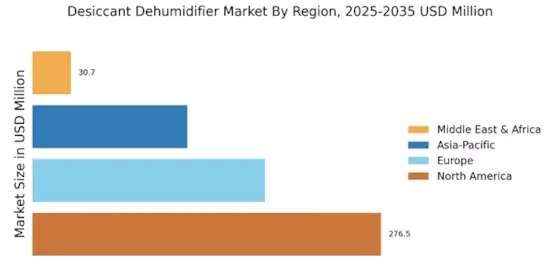
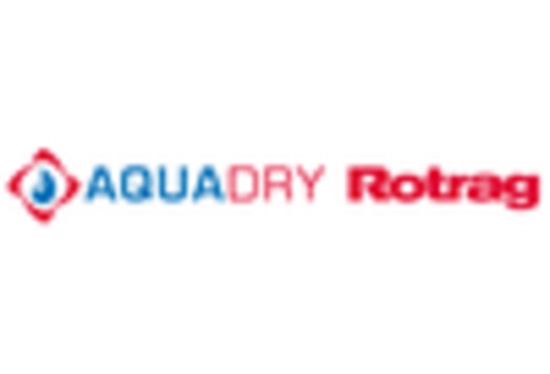
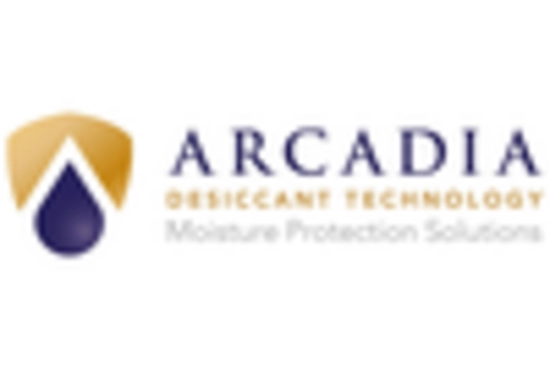
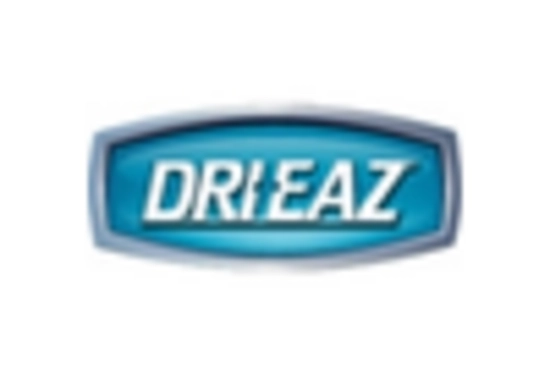
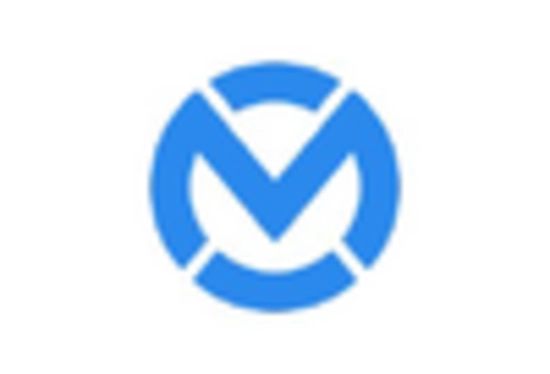
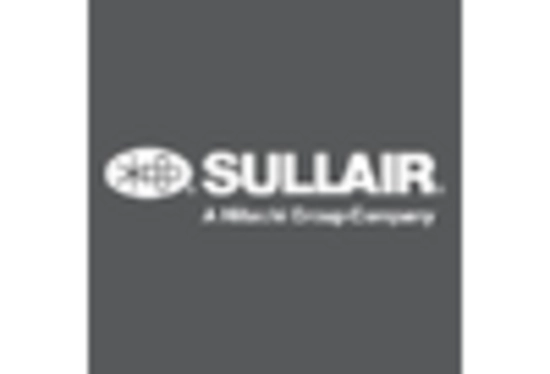
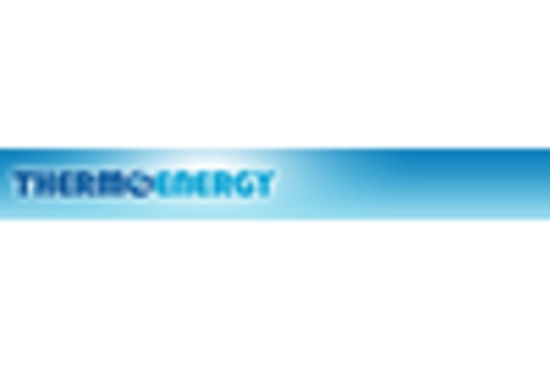








Leave a Comment